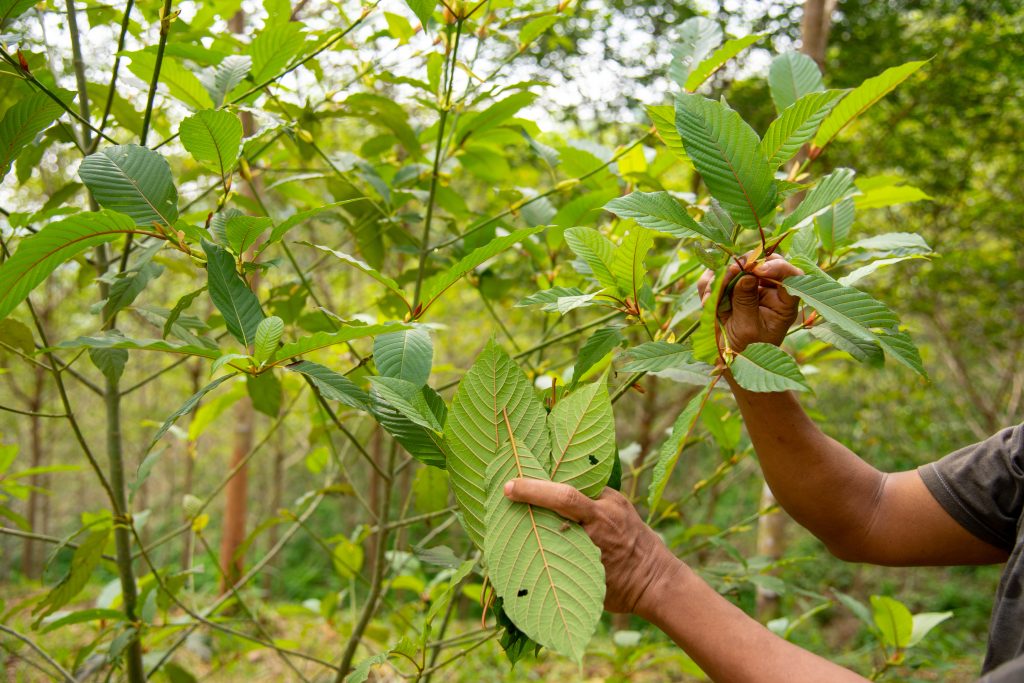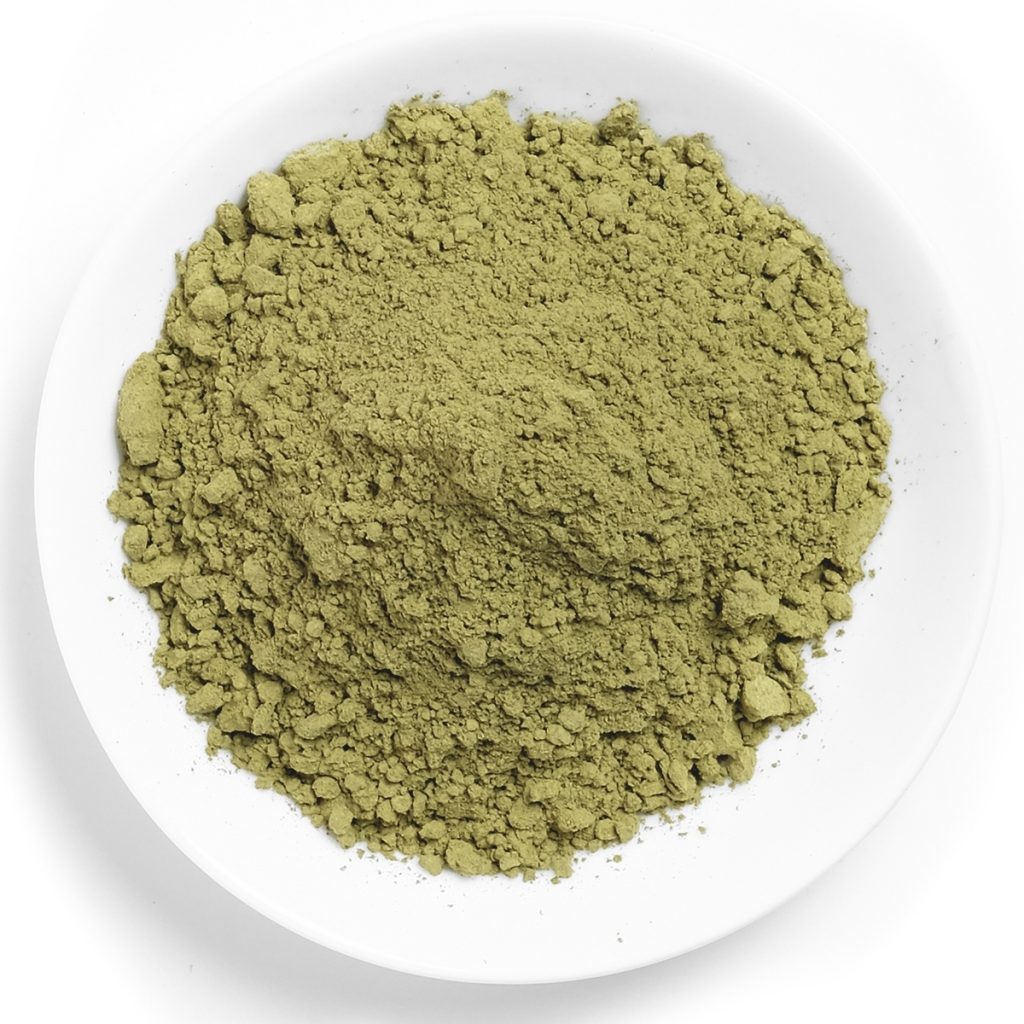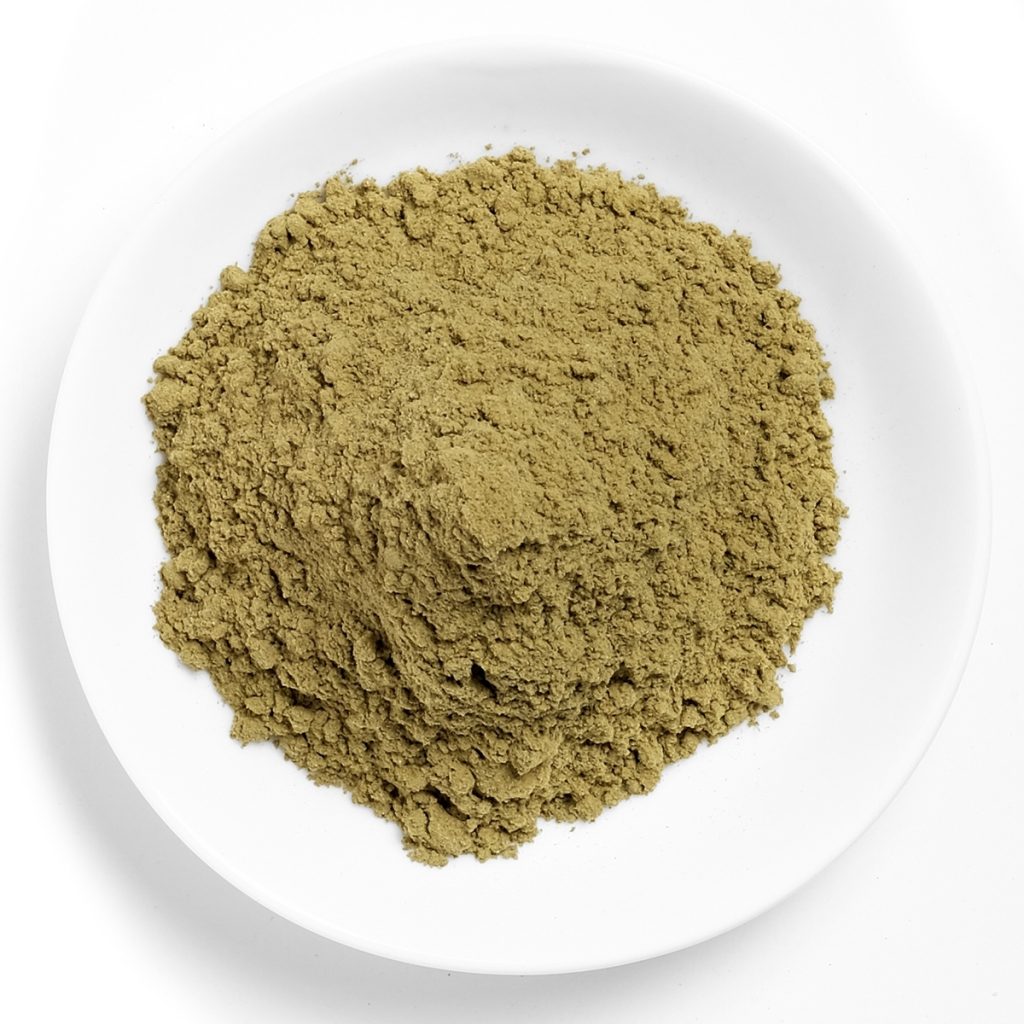Kratom, a timeless herb that has woven its way through centuries to be a part of today’s botanical panorama, continues to garner an ever-widening community of aficionados. And as this community expands and explores the diverse strains and formulations available, the joy of finding that perfect strain is unparalleled. But what’s even better? Having ample quantities of that strain always on hand. With that in mind, we’re thrilled to introduce our new bulk Kratom offerings!
The Perks of Going Bulk with Kratom
The benefits of buying in bulk are plenty, ranging from cost-saving advantages to the sheer convenience of always having your favorite product on hand. Investing in bulk purchases means a reduced per-unit cost, leading to overall savings in the long run. Additionally, it’s environmentally friendlier due to decreased packaging needs and less frequent shipping. Bulk buying not only ensures that you are prepared, but it also spells consistency – there’s a level of confidence and assurance in using the same trusted product over time without the need for frequent reorders.
Unfortunately, in today’s market, many vendors opt to sell Kratom in smaller quantities, aiming to maximize their profit margins. It’s a strategy rooted in the idea of encouraging frequent purchases, often at the cost of higher prices for consumers.
At Phytoextractum, however, we operate on a different ethos. Since our inception in 2005, our foundational principle has always revolved around serving our community. Our longevity in the Kratom business isn’t just a testament to the quality of our products but to our unwavering commitment to our customers. It’s never been about making an extra buck; it’s always been about providing value, integrity, and the best Kratom experience possible.
Introducing Premium Bulk Kratom Powders
We’ve always prided ourselves on bringing the best of Kratom to your doorstep. Now, in our quest to cater to your evolving needs, we’re going a step further by offering Kratom kilos for sale in all your favorite strains. When you choose to invest in a kilo of Kratom from us, it’s not just about quantity; it’s a promise of consistent, top-notch quality that you’ve always associated with Phytoextractum.
For the Capsule Connoisseurs: Bulk Capsules
While the allure of Kratom powder is undeniable, we recognize the sizable section of our community that swears by the convenience capsules offer. Hence, we’re not just stopping at powders. For those who cherish the encapsulated experience, we’re rolling out bulk Kratom capsules. With our 1lb package containing roughly 720 capsules, it’s all about merging the convenience you crave with the value you deserve.
Why Choose Phytoextractum’s Bulk Offerings?
- Value for Money: Opting for bulk is more than just getting more product; it’s about enhanced value with every gram or capsule.
- Guaranteed Consistency: Our bulk offerings ensure that you’re enjoying the same quality, strain after strain, capsule after capsule.
- Think Green: With our bulk offerings, you’re not just making a choice that’s good for you, but for the planet too. Reduced packaging and fewer deliveries lead to a smaller carbon footprint.
- Stay Stocked: With our bulk offerings at your disposal, frequent reorders will be a thing of the past. Stay stocked and stress-free.
Final Thoughts
Our expansion into the world of bulk Kratom is a reflection of our unwavering commitment to you, our community. Whether you’ve been with us from the beginning or are just starting your Kratom journey, our bulk offerings promise value, quality, and the authentic Phytoextractum experience. Dive in, and let’s make your Kratom experience bigger and better!





